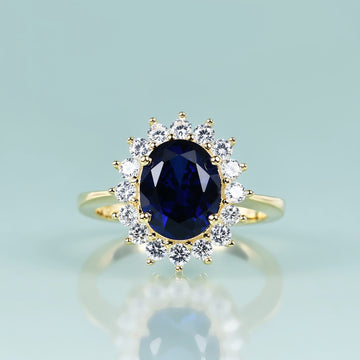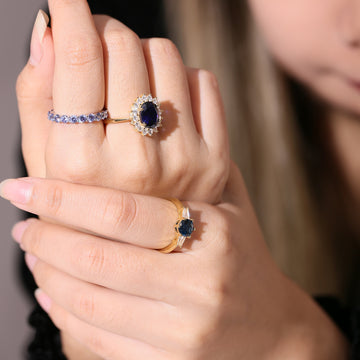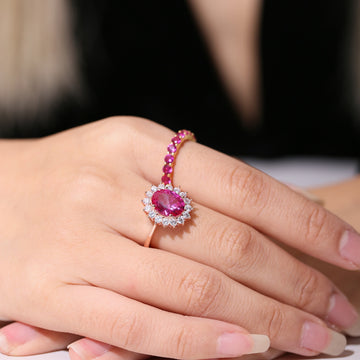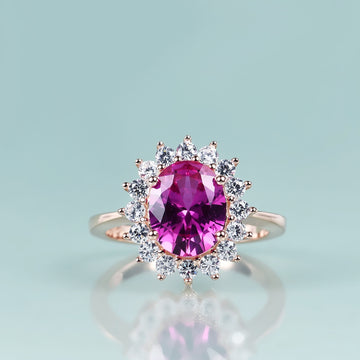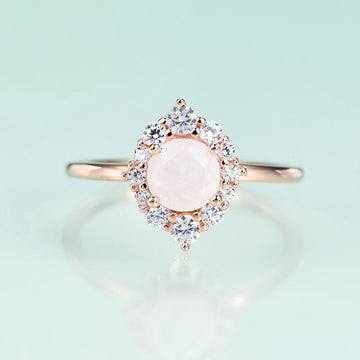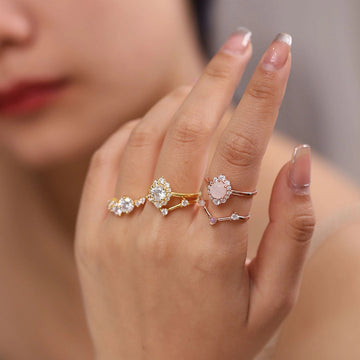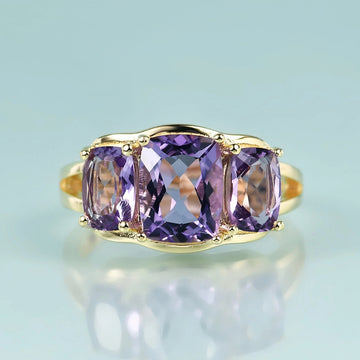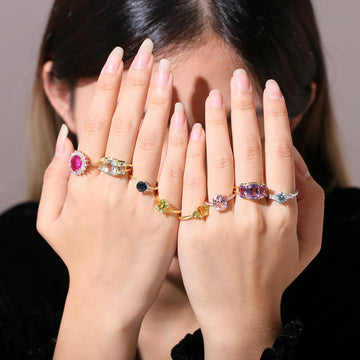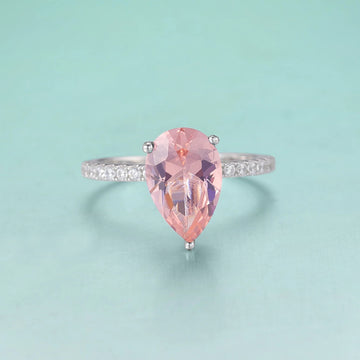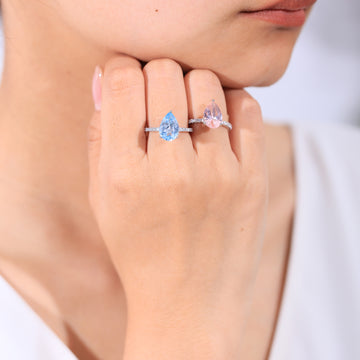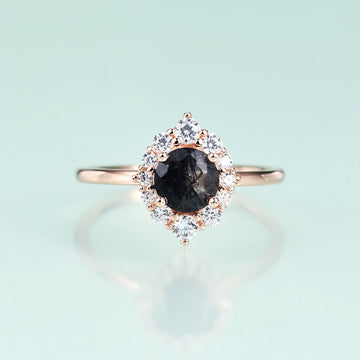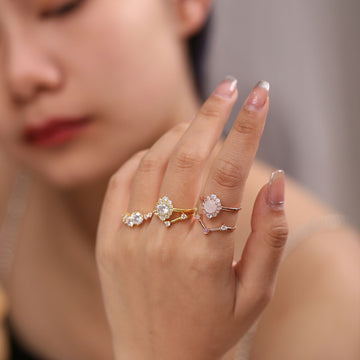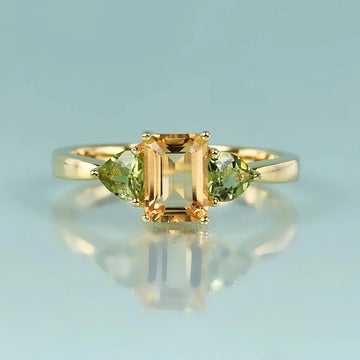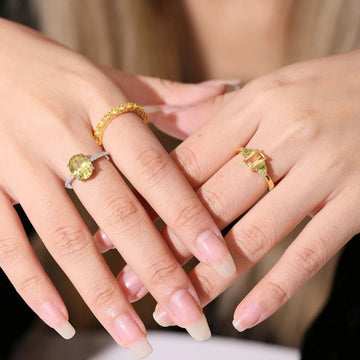3 Months Salary for an Engagement Ring? Where Did this Belief Come From?
Everyone’s heard of the tradition that someone wishing to propose to their beloved should spend three months of their salary on an engagement ring. But where did this custom come from - and is it actually followed? The answers to both questions may surprise you.
The De Beers Marketing Drive
The three-month salary for an engagement ring thing actually began with a De Beers marketing campaign of the 1930s. The Depression was a tough time for the organization, which at the time controlled around 60% of rough diamond output. The campaign it came up with, however, changed things forever - prior to the 1930s, it wasn’t the norm for a woman to be presented with an engagement ring containing a diamond (or diamonds). In fact, at the end of the 1930s, only about 10% of engagement rings contained diamonds; fast forward to the end of the twentieth century, and that figure had rocketed up to 80%.
But it was two months' salary, not three, that De Beers stated a man should spend on an engagement ring for his beloved. But the organization did inextricably link engagement rings with diamonds - which obviously pushed up the price that needed to be spent on them. And as a result, insuring your engagement ring became important when you were potentially wearing thousands of dollars or precious metals and diamonds on your finger. But when did the two-month salary rule become three? No surprise, it was the work of De Beers’ marketing department again.
The Japanese Engagement Ring Market
De Beers ran successful campaigns in Japan in the 1970s that urged men to spend three months' salary on an engagement ring. Advertising experts have since commented on the company’s astuteness in weaving the Japanese sense of honor with Western values. The campaign left a lasting legacy: Japan is still one of the world’s leading markets for diamonds, and the three-month-salary rule has spread and stuck.
But Do People Actually Use the Three-Month Salary “Rule”?
So we all know the “rule,” but how often is it actually followed? Wel, the average monthly salary in the US is just over $3,000, meaning that a three-month engagement ring would cost in the region of $9,500. However, a report from the Jewelers of America revealed that the average proposer spends around $4,000 on a ring. So, while De Beers may have certainly worked wonders in making diamonds synonymous with engagement rings and bumping up the amount spent on these items, it seems that most people in the US don’t follow the three-month salary rule.
However, it’s important to note that many people have a lower-than-average salary, and this may be especially the case with younger folk, who are in the age bracket most likely to get engaged. Taking these figures into account, it’s likely that most proposers are willing to spend about two months' salary on an engagement ring.
Other Engagement Rings Traditions and Superstitions
The three-month-salary “rule” isn’t the only tradition associated with engagement rings - there is actually a tonne of folklore and myth around this most romantic item of jewelry. Have you ever wondered why engagement rings are worn on the fourth finger of the right hand? This custom dates all the way back to Ancient Rome, where folk believed that the Vein of Love, located on this finger, connected it with the heart.
There’s also the engagement ring wish tradition. Upon encountering a newly engaged woman, her friends may ask her if they can put on her engagement ring and swirl it three times around their finger while making a wish. Of course, they could also be looking at their own hoped-for engagement and are wondering what kind of rings will suit them!
The gemstones that are incorporated into an engagement ring each have different symbolic meanings, too. Diamonds are associated with affection and commitment, sapphire is believed to bring happiness in marriage, and aquamarine is also thought to bring both happiness and longevity to the union. Pearls are traditionally avoided, as it’s said they may bring tears to a marriage if used in an engagement ring.
Some people still believe that you should never fully remove your engagement ring at all. Instead, the wearer should touch the tip of their ring finger to another finger and slide the ring onto this second finger if necessary. Oh, and it’s supposedly bad luck to buy an engagement ring on a Friday.
Final Thoughts
As with the big day itself, there are plenty of customs, traditions, and superstitions attached to getting engaged. Ultimately, though, prospective proposers shouldn’t feel pressured into an untenable expense. How much you spend on the ring isn’t indicative of the love you feel for your partner as far as we’re concerned…though what your beloved thinks is another matter…









